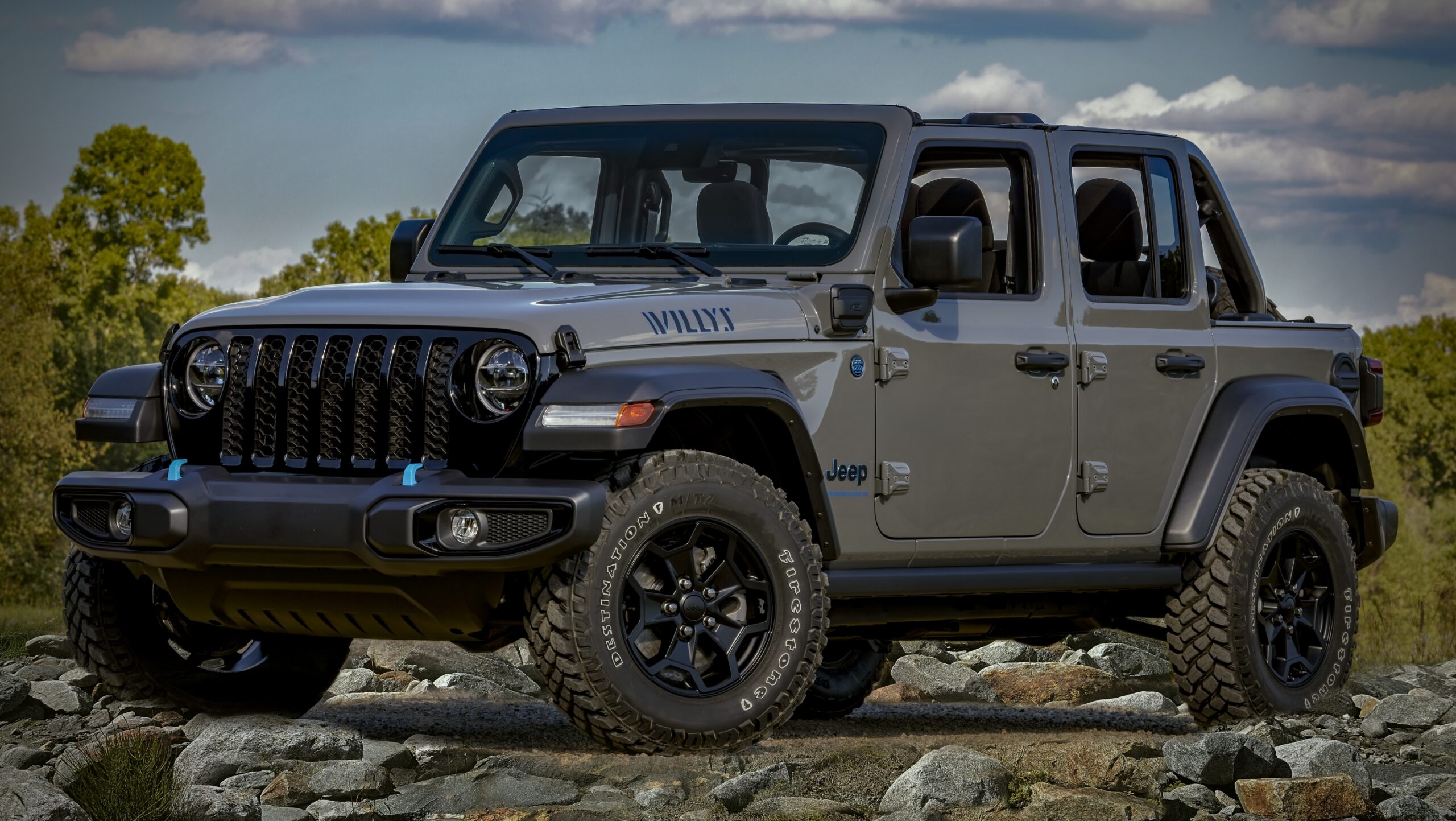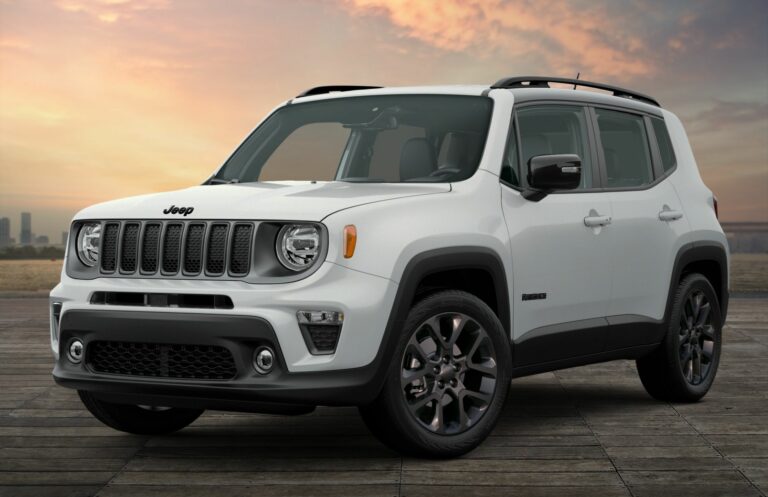Jeep Wrangler 2 Door Roof Top Tent: Elevating Your Overland Adventures
Jeep Wrangler 2 Door Roof Top Tent: Elevating Your Overland Adventures jeeps.truckstrend.com
The iconic Jeep Wrangler 2-door is a symbol of unadulterated adventure, its compact size and legendary off-road capability making it a favorite for solo explorers and duos seeking to conquer rugged trails. While its interior space is cozy, the desire for comfortable overnight stays in remote locations remains paramount. This is where the Jeep Wrangler 2 Door Roof Top Tent transforms your vehicle from a capable off-roader into a versatile, go-anywhere basecamp.
A roof top tent (RTT) for your 2-door Wrangler is a portable shelter that mounts directly onto your vehicle’s roof rack system. It unfolds or pops up to provide an elevated, comfortable sleeping platform, keeping you off the cold, uneven ground and away from ground-dwelling critters. For the 2-door Wrangler owner, an RTT isn’t just a convenience; it’s an essential upgrade that maximizes your limited interior space, enhances security, and elevates your entire overlanding experience. It’s about combining the thrill of exploration with the comfort of a ready-made campsite, wherever the trail takes you.
Jeep Wrangler 2 Door Roof Top Tent: Elevating Your Overland Adventures
Why a Roof Top Tent is Perfect for Your 2-Door Wrangler
The compact nature of the 2-door Wrangler makes an RTT an exceptionally logical and beneficial addition.
- Maximized Interior Space: The primary advantage. With sleeping quarters on the roof, your Wrangler’s interior remains free for gear, supplies, or even a pet, eliminating the need to pack and unpack an inflatable mattress or rearrange your cargo every night.
- Quick & Easy Setup: Forget wrestling with tent poles and stakes on uneven ground. Most RTTs deploy in minutes, often less than five, turning a tiresome chore into a simple, swift process. This means more time enjoying your surroundings and less time setting up camp.
- Elevated Comfort & Security: Sleeping off the ground offers superior protection from crawling insects, small animals, and dampness. The built-in high-density foam mattress provides a level of comfort unmatched by traditional ground tents. Plus, being elevated offers a sense of security and often a better view.
- Durability & Weather Protection: RTTs are built to withstand the elements. Their robust materials, strong frames, and often waterproof covers are designed for challenging weather conditions, ensuring you stay dry and comfortable even in rain or strong winds.
- Go-Anywhere Campsite: Your camp is where your Jeep is. This eliminates the need for designated campsites, allowing you to explore more remote and scenic locations where traditional camping might be impractical.

Understanding Roof Top Tent Types for Your 2-Door Wrangler
Choosing the right RTT involves understanding the different types available, each with its own advantages, particularly when considering the 2-door Wrangler’s dimensions and capabilities.

Soft Shell RTTs:
- Description: These are the most common and often most affordable. They typically fold out horizontally, creating a larger sleeping area than their packed footprint. They consist of a fabric tent body, a base, and a cover.
- Pros: Generally lighter, more affordable, often offer more sleeping space (especially for 2-3 people), and can include an annex room for added living space or changing area.
- Cons: Takes slightly longer to set up and pack away than hard shells, less aerodynamic when closed, and the cover can be cumbersome.
- Best for 2-Door: Good for budget-conscious adventurers and those who prioritize maximum sleeping space. Look for compact soft shells that don’t overhang too much.

-
Hard Shell RTTs:
- Description: These tents feature a rigid top and bottom shell (fiberglass, aluminum, or ABS plastic). They typically pop straight up or unfold like a clamshell.
- Pros: Extremely durable, highly weather-resistant, more aerodynamic (can improve fuel economy slightly), faster to set up and pack down (often under a minute), and provide better insulation. The hard shell also offers better security for gear stored inside.
- Cons: More expensive, heavier, and generally offer less interior volume than soft shells for the same footprint.
- Best for 2-Door: Ideal for frequent campers, those in harsh climates, and anyone prioritizing speed and ease of use. Their sleek profile is often preferred on the shorter 2-door roof.
-
Pop-Up (Vertical Lift) RTTs:
- Description: A type of hard shell that lifts straight up, offering excellent head clearance throughout the tent.
- Pros: Fastest setup, excellent ventilation, and a spacious feel.
- Cons: Can be more susceptible to crosswinds, generally more expensive.
-
Clamshell RTTs:
- Description: Another hard shell variant that opens like a book, creating an A-frame shape.
- Pros: Very quick to set up, good aerodynamics, and excellent stability in wind.
- Cons: Can be heavier, and interior height might be limited at one end.
Essential Considerations Before You Buy
Before investing in an RTT for your 2-door Wrangler, several critical factors must be carefully evaluated to ensure safety, compatibility, and satisfaction.
-
Roof Rack Compatibility & Capacity:
- Crucial: Your 2-door Wrangler must have a robust, high-quality roof rack system specifically designed for RTTs. The factory soft top/hard top does not support an RTT directly.
- Dynamic vs. Static Weight: Understand the difference. Dynamic weight capacity is the maximum weight your rack can safely support while the vehicle is in motion (usually 150-250 lbs for most Wranglers). Static weight capacity is what it can hold when parked (often 500-800 lbs or more). Ensure your rack’s dynamic capacity exceeds the tent’s weight, and its static capacity can handle the tent plus occupants.
- Mounting Points: Verify the rack’s design allows for secure RTT mounting.
-
Tent Weight:
- A significant consideration for the 2-door. While the static capacity is high, the dynamic weight of the RTT will affect your vehicle’s center of gravity, handling, and fuel economy. Lighter tents are generally better for the shorter wheelbase of the 2-door.
-
Size & Footprint:
- The 2-door Wrangler’s roof is shorter. Measure your roof rack length and width to ensure the RTT fits without excessive overhang, which can create wind noise, drag, and look awkward. Most 2-person RTTs are a good fit.
-
Material Quality & Weatherproofing:
- Look for durable, ripstop fabrics (e.g., poly-cotton canvas) with high waterproof ratings (often measured in DWR or hydrostatic head). Robust zippers, reinforced seams, and quality poles are indicators of longevity.
-
Ladder & Annex Options:
- Ensure the ladder length is appropriate for your Wrangler’s height. Many RTTs offer optional annex rooms that attach below, providing valuable enclosed space for changing, cooking, or extra sleeping.
Installation and Setup: A Step-by-Step Guide
While specific instructions vary by RTT brand, the general process of installing and deploying your tent remains consistent.
Part 1: Initial RTT Installation on Your Roof Rack
- Assemble Tent (if required): Some RTTs come partially disassembled. Follow manufacturer instructions to attach hinges, mattress, etc.
- Lift onto Rack: This is a two-person (or more) job due to the weight and bulk. Carefully lift the RTT onto your roof rack crossbars.
- Position & Secure: Center the tent on the crossbars. Use the provided mounting hardware (often U-bolts or clamp plates) to securely fasten the tent’s base rails to your roof rack crossbars. Ensure all bolts are tightened to the manufacturer’s specifications. Periodically check these bolts for tightness, especially after the first few drives.
Part 2: Daily Setup & Takedown
Setup:
- Park Level: Find a relatively level spot for your Wrangler.
- Unstrap & Uncover: Unclip or unbuckle the straps securing the RTT cover. Remove the travel cover (soft shell) or release the latches (hard shell).
- Deploy Tent:
- Soft Shell: Unfold the tent, often using the ladder as a lever. Extend the ladder to the ground, ensuring it’s at a safe angle. Insert internal support poles for windows/doors if applicable.
- Hard Shell (Pop-up/Clamshell): Simply push up or lift the lid; gas struts typically do the rest.
- Set Up Interior: Arrange bedding, open windows for ventilation, and enjoy.
Takedown:
- Clear Interior: Remove all personal items from inside the tent.
- Collapse Tent:
- Soft Shell: Remove internal support poles. Retract the ladder slightly, lift the tent platform, and fold it back onto itself.
- Hard Shell: Pull down the lid, allowing gas struts to compress the tent.
- Secure & Cover: Ensure all fabric is tucked neatly within the tent’s footprint. Close and latch the hard shell, or re-strap and cover the soft shell, ensuring it’s tightly secured for travel.
Maximizing Your RTT Experience & Overcoming Challenges
- Comfort Enhancements: While RTTs come with mattresses, consider adding a thin memory foam topper or an anti-condensation mat underneath for extra comfort and to prevent moisture buildup.
- Ventilation: Always utilize the tent’s vents and windows to minimize condensation, especially in humid conditions or cold weather.
- Packing Smart: Store bedding (sleeping bags, pillows) inside the RTT when closed to save interior vehicle space.
- Maintenance: Keep your RTT clean. Brush off dirt and debris before packing it away. Ensure it’s completely dry before long-term storage to prevent mold and mildew. Periodically check all hardware for rust or looseness.
- Weather Preparedness: Carry a small tarp and bungee cords for extra rain protection over windows in downpours. In strong winds, orient your Jeep to minimize the tent’s exposure.
- Security: While RTTs offer more security than ground tents, they aren’t impenetrable. Consider securing valuable gear inside your locked Jeep. Some RTTs have locking latches.
- Fuel Economy: Expect a slight decrease in fuel economy due to increased drag and weight. Drive conservatively.
Jeep Wrangler 2 Door Roof Top Tent Price Table
Prices for roof top tents vary significantly based on type, brand, materials, features, and capacity. This table provides a general range for common options suitable for a 2-door Wrangler, keeping in mind that specific models and current market conditions will dictate exact pricing.
| Tent Type Category | Typical Price Range (USD) | Key Features & Considerations | Ideal for 2-Door Wrangler |
|---|---|---|---|
| Entry-Level Soft Shell | $900 – $1,500 | Basic construction, often polyester fabric, smaller sleeping area (2-person), manual setup, simple mattress. | Budget-conscious, occasional campers, those wanting to try RTTs. Look for compact models. |
| Mid-Range Soft Shell | $1,500 – $2,500 | Durable poly-cotton canvas, larger sleeping area (2-3 person), better mattress, often includes an annex option. | Regular campers, small families/couples needing more space, good balance of features. |
| Entry-Level Hard Shell | $2,000 – $3,500 | ABS or aluminum shell, basic pop-up or clamshell design, quicker setup, good weather resistance, often 2-person capacity. | Frequent campers, desire for quick setup & durability, urban/road trips. |
| Premium Hard Shell | $3,500 – $5,000+ | Advanced materials (aluminum, composite), aerodynamic designs, integrated lighting/power, superior insulation, faster setup. | Dedicated overlanders, harsh climates, maximum convenience & longevity. |
Note: These prices typically do not include the cost of a compatible roof rack, which can range from $400 to $1,500+ depending on the brand and design (e.g., Baja Rack, Rhino-Rack, Front Runner). Installation costs for the rack or tent might also be extra if not DIY. Always check current retail prices from reputable dealers.
Frequently Asked Questions (FAQ)
Q1: Is my 2-door Jeep Wrangler strong enough to support a roof top tent?
A1: Yes, absolutely. While the 2-door Wrangler has a shorter wheelbase, its frame and suspension are robust. The key is ensuring you have a proper aftermarket roof rack with sufficient static weight capacity to support the tent and its occupants when parked, and dynamic weight capacity for travel.
Q2: Do I need a special roof rack for a RTT?
A2: Yes, you will need a heavy-duty, aftermarket roof rack specifically designed to carry roof top tents. Factory soft tops or hard tops are not designed to support the weight of an RTT and its occupants. Look for racks from reputable brands like Rhino-Rack, Front Runner, Smittybilt, or Baja Rack that mount directly to the frame or roll bar.
Q3: How long does it take to set up and pack down a roof top tent?
A3: This varies by type. Soft shell RTTs typically take 5-10 minutes to set up and slightly longer to pack down. Hard shell RTTs (pop-up or clamshell) can often be set up in under a minute and packed down in 2-3 minutes.
Q4: Can I drive with the tent open or partially set up?
A4: Absolutely not. Roof top tents are designed to be fully closed and securely latched/covered for travel. Driving with an open or partially set up tent is extremely dangerous and can cause severe damage to the tent, your vehicle, or other road users.
Q5: How does a roof top tent affect fuel economy and handling?
A5: An RTT adds weight and creates aerodynamic drag, which will generally lead to a noticeable decrease in fuel economy (typically 1-3 MPG, but can vary). You might also notice a slightly higher center of gravity, affecting handling, especially in crosswinds or during aggressive cornering. Drive conservatively.
Q6: What about condensation inside the tent?
A6: Condensation is common in RTTs, especially in cooler, humid conditions. Proper ventilation (opening windows/vents), using an anti-condensation mat under the mattress, and ensuring the tent is completely dry before packing away are crucial for prevention.
Q7: Can I leave bedding inside the tent when closed?
A7: Most RTTs are designed with enough space to store your sleeping bags, pillows, and sometimes a thin blanket inside when closed, which is a huge convenience. However, always check the manufacturer’s recommendations.
Conclusion
The Jeep Wrangler 2 Door Roof Top Tent represents the ultimate fusion of off-road capability and comfortable camping. It liberates you from the constraints of ground tents, transforming your compact adventure vehicle into a mobile, elevated sanctuary wherever your wanderlust leads. By carefully considering your specific needs, understanding the different RTT types, and ensuring proper installation and maintenance, you can unlock a new realm of freedom and comfort in your overlanding pursuits. Embrace the call of the wild with the confidence that a cozy, secure basecamp is always just minutes away, perched atop your iconic Jeep Wrangler.




